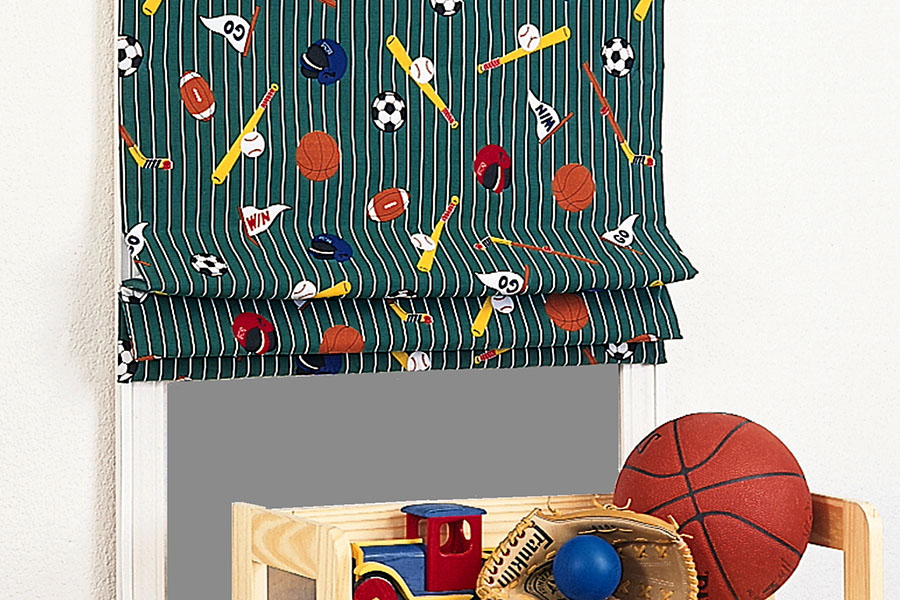A blanket for your windows

When it’s cold out, my home feels very chilly, especially near the windows. I can’t afford energy-efficient replacement windows right now, so can you offer alternative options?—Cara M.
One option would be installing insulated window shades, providing the most improved comfort and energy savings year-round. When selecting insulated window shades, you’ll want to consider the R-value (a higher number blocks heat flow better), how well they seal against the window frame when closed, ease of operation, and appearance. But before you make a purchase, try to operate a sample insulated shade that’s similar in size to your needs. If the shade is difficult to open and close, you are less likely to use it as often as you should.
Instead of a plain single-layer window shade, your first insulating option (and often the least expensive choice) is a cellular shade. The double-cell, honeycomb-like construction creates an additional air gap and may be best to use where you want some natural light to get through during daytime hours.
For even more insulation, you may want to try a Roman-style window shade, either commercially made or as a do-it-yourself home sewing project. Rather like a quilt for your window, this style typically includes some type of air barrier film sewn in the hidden center layers of the shade’s fabric to block airflow.
Closing the gaps
The most highly efficient shades don’t just cover the window—they seal around the edges, too, to prevent air leaks. Some commercially available products offer the shade and the edge materials as a set. Vertical tracks mount on the sides of the window opening and the edge of the shade glides up and down in them. Also, look for brush or foam weatherstripping on the bottom edge of the shade where it will rest on the windowsill when lowered.
If you buy insulated shades that do not have vertical tracks, you can make and install your own. Buy long pieces of aluminum U-channel, then mount them on the window frame with strong double-sided tape or by drilling small holes to use with screws.
If you do not want to install insulated shades, you may want to try insulated curtains or drapes.
How to find ’em and fix ’em
Remember to caulk and weatherstrip your windows before making any other window efficiency improvements. To find air leaks, move a lighted incense stick near all edges, then watch the trail of the smoke. Do this during windy weather, or briefly switch on an exhaust fan to draw outdoor air in through the gaps. Now you’ll know exactly where to add caulk or weatherstripping.
James Dulley from the November 2015 issue.

